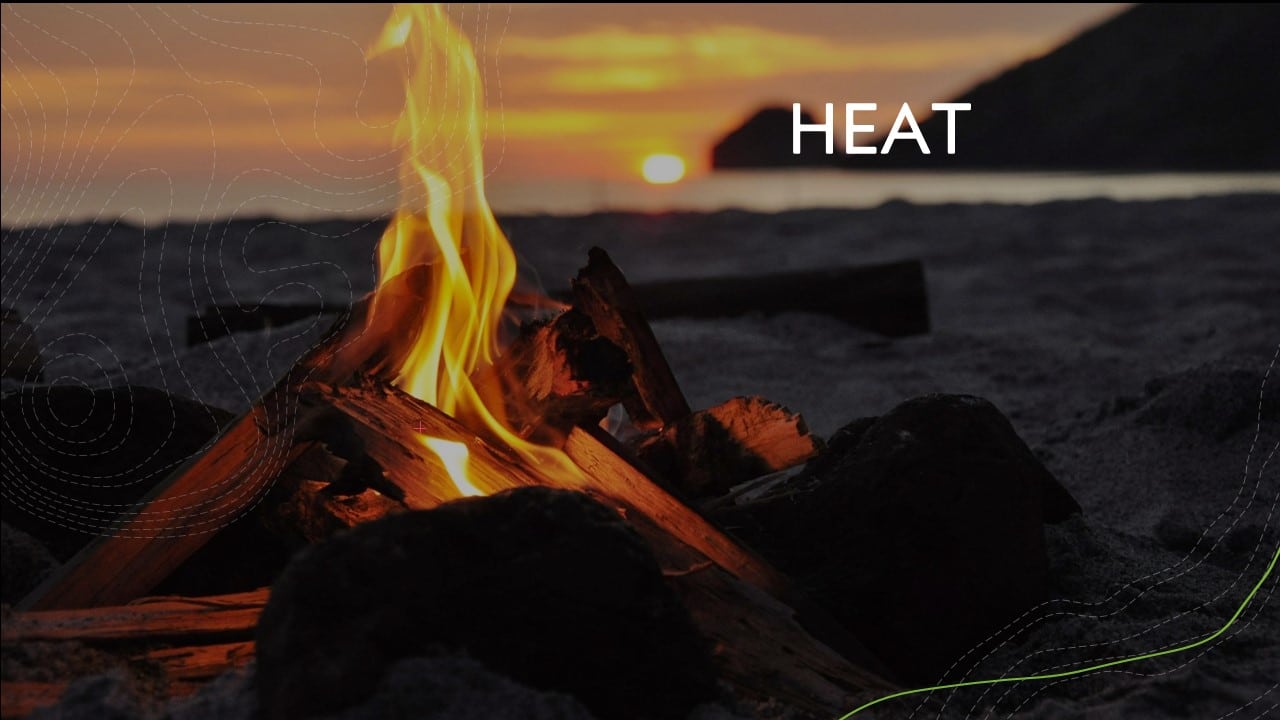STD X – HEAT – EINSTEIN
About Course
In this section we will learn the following topics:
1. Specific heat
capacity
2.HEAT and its units
3.TEMPERATURE and its units
4.Heat and capacity and specific heat capacity
5.Latent Heat
6.Gain and Loss of heat
7.Change of phase and state
8.Laten heat of fusion
Last Updated:December 26, 2023
0(0 Ratings)
Share Course
Page Link
Share on social media

Description
Heat capacity, Specific heat capacity and its measurement
Materials of the same mass require a different quantity of heat to change (increase or decrease) their temperatures to the same level. The quantity of heat needed to change (increase or decrease) the temperature of a unit mass a material by 1°C is known as the specific heat capacity of that material. The specific heat capacity depends on the type of material.
In this topic, you will more about specific heat capacity, the concept of calorimetry, and specific heat capacity of water.
Change of phase (state) and Latent heat
Change in the state of matter from one phase to another phase at a constant temperature is known as the change of phase of that matter.
Latent heat of a matter is the heat energy needed to change the phase of that matter.
In this topic, you will learn about specific latent heat, specific latent heat of melting, specific latent heat of vapourisation and other interesting facts that we can observe in day-to-day life, due to change of phase and latent heat.
Green House Effect and Global Warming
The warming of earth’s surface and the air above it is known as greenhouse effect. The greenhouse gases causes the greenhouse effect. Water vapour, methane, carbon dioxide are the most common greenhouse gases. The greenhouse effect is essential to keep our planet earth warm.
However, when there is more greenhouse gas, the air holds more heat, thus causing global warming. The greenhouse effect has become too strong in the recent years, which in turn, increases the global warming.
You will learn more about greenhouse effect and global warming in this topic.
What I will learn?
- Calorimetry is an important method of biological analysis
- Calorimetry is widely used in chemical reaction and the measuring method of biochemical reactions
- The main advantage of calorimetry is that it needn't sophisticated equipment, and it can measure tiny energy changes.
Free
Free
Free access this course
-
LevelIntermediate
-
Total Enrolled6
-
Duration5 hours 30 minutes
-
Last UpdatedDecember 26, 2023
-
CertificateYes
Hi, Welcome back!
Material Includes
- 🔥 Live Interactive classes with in-class doubt solving
- ⭐ Weekly Test and Quiz with instant tracking for progress
- ⚙️ Revision of the course after testing
- 👋 Fortnightly Parents and Tutor interactions
- 🌷 Expert monitoring of student's learning progress
- 👨👩👧👧 Daily communication over call, whatsapp and mail
- 💻3 hours on-demand video
- ✍4 downloadable resources
- ⌛Access for entire Academic Year
- 📱Access on mobile and Desktop
- 📋Assignments and review of the same
- 💡Tests and Correction by Board paper checkers
- 🏅Certificate of completion and Live tracking with Grade book
Course Duration:
5h 30m
Course level:Intermediate
Enrolled:6
About Course
In this section we will learn the following topics:
1. Specific heat
capacity
2.HEAT and its units
3.TEMPERATURE and its units
4.Heat and capacity and specific heat capacity
5.Latent Heat
6.Gain and Loss of heat
7.Change of phase and state
8.Laten heat of fusion
What I will learn?
- Calorimetry is an important method of biological analysis
- Calorimetry is widely used in chemical reaction and the measuring method of biochemical reactions
- The main advantage of calorimetry is that it needn't sophisticated equipment, and it can measure tiny energy changes.
Course Curriculum
CALORIMETRY – 15 MAY – SPECIFIC HEAT AND THERMAL CAPACITY AND RELATIONSHIP BETWEEN HEAT AND TEMPERATURE
-
39:25
-
18:59
-
11:35
-
22:59
-
01:08
-
14:39
-
03:46
-
49:17
-
01:05
-
01:01
CALORIMETRY – 17 MAY – CONCEPT OF SPECIFIC LATENT HEAT
-
09:57
-
00:44
-
01:09
-
20:16
-
16:52
-
21:58
CALORIMETRY – 25 MAY – NUMERICALS BASED ON PRINCIPLE OF MIXTURES, c and L
-
14:49
-
QUESTION KEY – CALORIMETRY – SET A – WORKSHEET
CALORIMETRY – 20 SEPT 2023 – ONLINE CLASS
-
53:32
-
07:22
-
46:06
-
30:09
-
18:34
-
28:37
CALORIMETRY -05 OCT 2023 – PHYSICAL CLASS
-
15:59
-
06:12
-
12:34
-
QUESTION KEY – PHYSICS – FULL PORTION – WORKSHEET -21122023
Student Ratings & Reviews

No Review Yet

